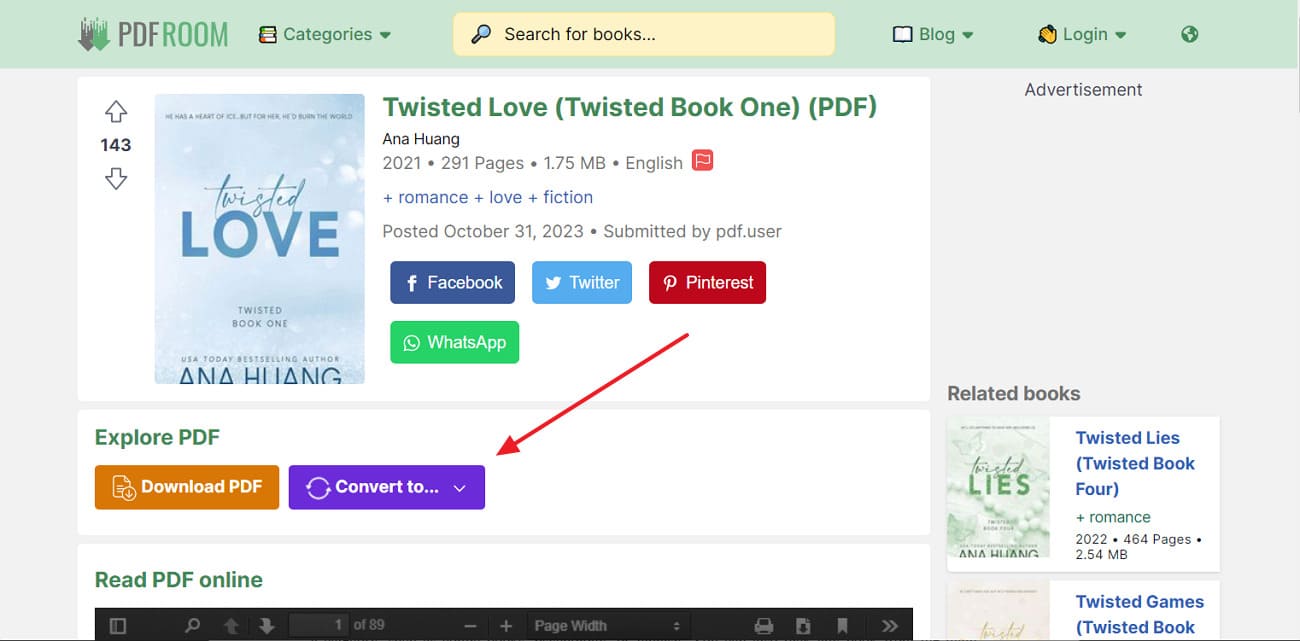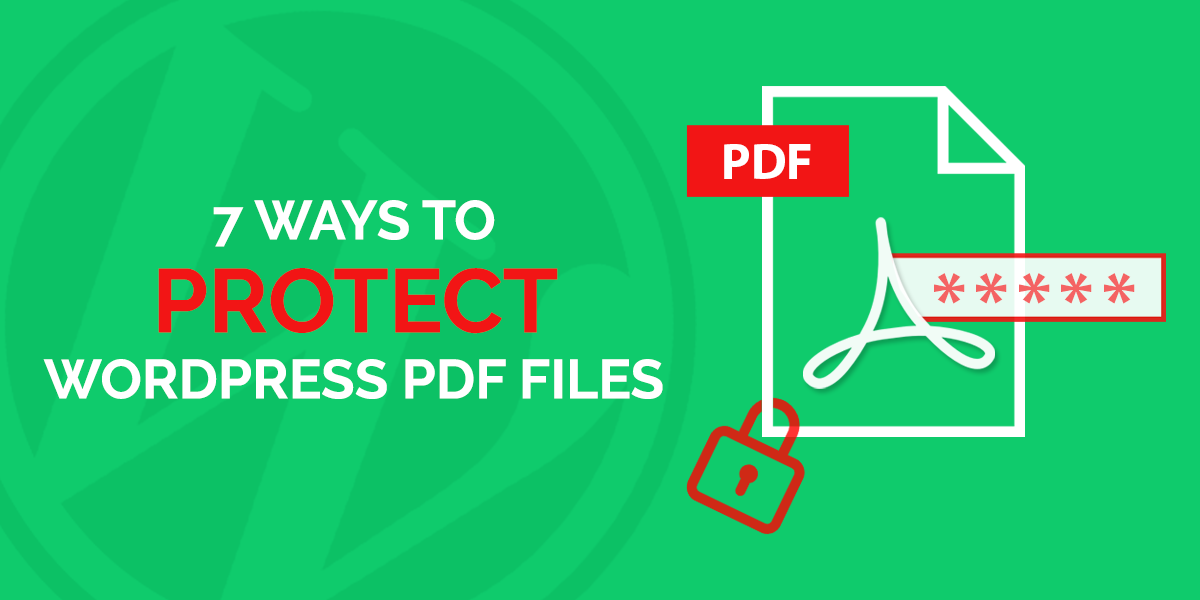Introduction to the PDF Format
In today’s digital world, we often find ourselves swimming in an ocean of PDFs. These portable document formats have become the go-to solution for sharing and storing information, thanks to their versatility and compatibility across devices. However, as our collection of PDFs grows, managing them can turn into a daunting task that drains our productivity.
Navigating through countless files can feel like trying to find a single fish in a vast sea. From essential reports to crucial contracts and informative e-books, each PDF holds value but also comes with its own set of challenges—like disorganized folders or difficult-to-edit documents. Fear not! By implementing some simple strategies and utilizing the right tools, you can master your PDF management skills.
Let’s dive deeper into how you can streamline your workflow while keeping your ocean of PDFs under control.
ocean of pdf
The phrase “ocean of PDF” evokes a vast, endless expanse filled with an overwhelming number of documents. In today’s digital landscape, PDFs are everywhere—sent through emails, uploaded to websites, and stored in cloud services.
As we wade deeper into this ocean, it becomes crucial to establish order amidst the chaos. Each PDF represents valuable information that needs proper management. Without a solid system in place, finding specific files can feel like searching for a needle in a haystack.
Navigating this sea requires effective strategies for organization and retrieval. By labeling documents clearly and categorizing them thoughtfully, users can streamline their workflow significantly. The right tools can help tame this digital wilderness and make your experience less daunting.
Embracing efficient document management will lead you away from drowning in an ocean of PDFs toward clear shores of productivity and ease.
Tips for Organizing and Naming Your PDFs
![7 Must-Know OceanofPDF Alternatives [2024 Latest]](https://img.swifdoo.com/image/oceanofpdf-alternative.png)
When diving into the ocean of PDFs, creating an effective naming convention is crucial. Use descriptive titles that reflect the content. This makes retrieval easier later on.
Incorporate dates in your file names. For instance, “Project_Report_2023-10” provides context and chronological order at a glance.
Organize documents into folders based on categories or projects. If you have multiple versions, consider adding version numbers to avoid confusion.
Consistent formatting helps too. Choose a standard structure for all similar files; this could mean always starting with the project name followed by type and date.
Utilizing tags can further enhance your organization system. Many PDF management tools allow tagging for easy searching.
Regularly clean up your digital workspace. Remove outdated or unnecessary files to keep only what’s relevant and useful.
Utilizing File Management Software
File management software is a game changer for anyone dealing with a vast ocean of PDFs. These tools simplify the process, making it easier to locate and organize your documents.
With features like tagging and categorization, you can quickly sort files by project, date, or type. This saves time when searching for specific documents buried deep in your digital library.
Many file management systems also support cloud integration. This means you can access your PDFs from anywhere while ensuring they remain secure and backed up.
Some advanced programs offer automated organization features that intelligently categorize new uploads based on predefined rules. Imagine never having to manually arrange files again!
Additionally, these platforms often include search functionalities that make finding keywords within documents quick and efficient—perfect for those times you’re sifting through countless pages of material.
How to Merge and Split PDFs
Merging and splitting PDFs can significantly streamline your document management process. If you have multiple PDF files that need to be combined, using a reliable tool is essential. Many online services allow you to drag and drop files, turning them into one cohesive document in just a few clicks.
On the flip side, there are times when you need only specific pages from a larger PDF. Splitting documents helps isolate that information efficiently. With various software options available, simply select the pages you want to extract and save them as separate files.
Some advanced tools even let you customize how merged documents appear or rearrange their order before finalizing. Experimenting with different applications will reveal which features suit your needs best. This flexibility can enhance both accuracy and productivity in managing your extensive ocean of PDFs.
Editing and Annotating PDFs
Editing and annotating PDFs can transform a static document into an interactive experience. With various tools available, you can highlight important sections, add comments, or even insert shapes to emphasize key points.
Many PDF editors offer user-friendly interfaces that let you make changes effortlessly. You can easily delete unnecessary pages or rearrange content as needed. This flexibility is essential when you’re working with multiple versions of a document.
Annotations serve as reminders and notes for future reference. Whether it’s feedback from colleagues or personal thoughts on the material, these insights enhance understanding and collaboration.
Some software allows for easy integration with cloud services, making it simple to share your annotated files instantly. This feature is invaluable in today’s fast-paced work environment where time-saving methods are paramount. Choose the right tool, and you’ll find that editing PDFs doesn’t have to be a chore but rather an opportunity for creativity and clarity.
Conclusion: Streamlining Your Document Management System
Mastering the art of document management transforms chaos into clarity. An organized approach allows you to navigate through the vast ocean of PDFs with ease.
By implementing effective strategies, you can dramatically improve your workflow. Simple practices like consistent naming conventions and categorization make a significant difference.
Adopting digital tools further enhances efficiency. Whether it’s merging, splitting, or annotating documents, these capabilities streamline processes that once consumed valuable time.
Embracing efficient PDF management not only saves hours but also reduces stress. You gain better control over your files while ensuring easy access when needed most.
With a systematic plan in place, you’ll find yourself more productive and focused on tasks that truly matter.
Introduction to PDFs and their importance in document management
PDFs, or Portable Document Format files, have revolutionized how we handle documents. Created by Adobe in the early 1990s, PDFs ensure that a document looks the same on every device. This consistency is invaluable in today’s digital world.
Their importance extends beyond mere appearance. PDFs are widely used for sharing important information like contracts, reports, and manuals. They preserve formatting and layout, making them ideal for presentations and publications.
Moreover, PDF files can be secured with passwords or encryption. This feature adds an extra layer of protection for sensitive data. In business environments where confidentiality is crucial, this advantage cannot be overstated.
With their ability to incorporate text and images seamlessly, PDFs serve as versatile tools across various industries. From education to corporate settings, they streamline communication and enhance productivity in ways other formats often struggle to match.
Common challenges with handling multiple PDFs
Managing multiple PDFs can feel like navigating a tumultuous ocean. Each document seems to ripple with its own set of challenges.
One major issue is the sheer volume. When files stack up, it becomes difficult to locate specific documents quickly. Time wasted searching for that one elusive PDF adds frustration to your day.
Then there’s version control. Collaborating on projects often leads to multiple iterations of the same file. Keeping track of which version is current can be daunting and may lead to confusion among team members.
File size poses another hurdle. Large PDFs can slow down systems or become unwieldy when sharing via email or cloud platforms.
Compatibility issues arise frequently across various devices and software programs. A PDF that displays perfectly on one platform may not do so on another, complicating access for everyone involved in a project.
Tips for organizing and categorizing your PDF documents
Organizing your PDF documents can feel overwhelming, especially when faced with an ocean of PDF files. Start by creating a clear folder structure on your computer or cloud storage. Think about categories that make sense for your work—such as projects, clients, or topics.
Next, establish a consistent naming convention. Use descriptive titles and include dates if necessary. For example, “2023_ProjectReport_ClientName.pdf” communicates essential details at a glance.
Consider using tags or keywords to enhance searchability within folders. Many operating systems support this feature and it can save you time when retrieving files later on.
Regularly review your PDFs to eliminate duplicates and outdated documents. A monthly cleanup routine helps keep the digital clutter at bay and ensures that you’re only working with relevant materials.
Remember, maintaining organization is an ongoing process rather than a one-time task. Stay proactive to navigate through your ocean of PDFs effortlessly.
Utilizing software and tools for efficient PDF management
Managing a sea of PDFs can be daunting without the right tools. Software designed specifically for PDF management can streamline your workflow significantly.
Consider using dedicated PDF applications that enable you to organize, edit, and annotate your documents effectively. These programs often come with user-friendly interfaces that make navigation a breeze.
Cloud-based solutions are also invaluable. They allow access to your PDFs from anywhere, on any device. Plus, they typically include collaboration features for team projects.
Don’t overlook mobile apps either; having document management at your fingertips enhances flexibility and productivity on the go.
Automation tools can help too—think about batch processing options for renaming or converting multiple files simultaneously. This reduces time spent on repetitive tasks and keeps everything orderly in an ocean of PDFs.
How to convert, merge, and compress PDFs for better organization
Converting, merging, and compressing PDFs can significantly enhance your document management. When you need to change a file format, online tools or dedicated software make conversion straightforward. Whether you’re turning a Word document into a PDF or vice versa, these options streamline your workflow.
Merging multiple PDFs helps consolidate related documents into one file. This not only saves storage space but also makes it easier to share and access information. Most PDF editors provide intuitive merge features; just drag and drop the files you want combined.
Compressing PDFs is essential when dealing with large files that consume too much space. Many applications offer compression tools that maintain quality while reducing size. Smaller files are quicker to upload and send via email.
These techniques help create an organized digital workspace where finding information becomes effortless.
ocean of pdf

The world today is flooded with PDFs, creating an ocean of documents that can easily overwhelm anyone. These versatile files serve various purposes: reports, e-books, manuals, and contracts, to name a few. With their universal compatibility and ability to maintain formatting across devices, they’ve become a staple in document management.
Navigating this vast sea requires strategy. Without organization, important information can get lost among countless files. Creating distinct categories based on projects or topics helps streamline access.
Moreover, naming conventions play a crucial role. Descriptive filenames provide clarity at first glance and make searching more efficient later on.
As the tide of digital documentation rises higher each day, harnessing the power of effective PDF management tools becomes essential for maintaining order amidst chaos. Whether you’re merging multiple PDFs or compressing them for easier sharing, knowing how to ride these waves makes all the difference in productivity.
Conclusion: Mastering the art of managing your PDFs can improve your productivity and save you time
Mastering PDF management transforms your workflow. It allows you to handle extensive documents with ease, reducing stress in high-pressure situations.
With organized and well-named files, locating essential information becomes a breeze. You save precious minutes that can be redirected toward more critical tasks.
Utilizing digital tools streamlines processes like merging or splitting PDFs effortlessly. The ability to edit and annotate directly enhances collaboration, keeping everyone on the same page—literally.
When you navigate through the ocean of PDFs effectively, it reflects professionalism and attention to detail. This skill not only boosts productivity but also fosters a sense of control over your workload.
Embracing efficient document management practices cultivates an environment where creativity can thrive without unnecessary distractions. As you refine these techniques, you’ll discover new efficiencies that empower both individual and team success.
Understanding the Importance of Document Management
Document management is crucial in today’s digital landscape. As we increasingly rely on electronic documents, the need for an organized system becomes apparent.
Navigating through a vast ocean of PDFs can lead to confusion and wasted time. Without proper management, important files may become buried or lost entirely.
Effective document management ensures easy access to your materials. It saves valuable hours that could be spent on more productive tasks.
Additionally, it enhances collaboration among team members. When everyone knows where to find the necessary information, projects run smoother and deadlines are met more consistently.
Implementing a systematic approach not only boosts productivity but also reduces stress associated with misplaced files. A clear structure allows you to focus on what truly matters—growing your business or completing your projects successfully.
ocean of pdf
The digital landscape is filled with an ocean of PDF documents, each serving a unique purpose. From contracts to e-books, these files are essential in both personal and professional spheres.
Navigating this vast sea can be daunting. Without proper organization, important information may slip through the cracks like sand between your fingers.
Finding ways to categorize and prioritize PDFs becomes crucial. You want easy access without wading through countless unrelated files.
Consider using descriptive names for your documents—this simple step can save you time and frustration later on. Tagging or creating folders based on themes helps too.
Remember that every wave in this ocean represents an opportunity for efficiency. Mastering the management of these files transforms chaos into clarity, making your workflow much smoother and more productive.
Tips for Organizing and Naming Your PDFs
Organizing PDFs can feel overwhelming, especially when you have an ocean of files. Start by creating a clear folder structure. Group related documents together for easy access.
Naming conventions are crucial. Use descriptive titles that include key details like dates or project names. This will make retrieval simple and intuitive.
Incorporate version control in your file names if applicable—like “ProjectReport_V1_2023.” This helps track changes over time without confusion.
Consider adding tags or metadata to your PDFs where possible. These additional identifiers enhance searchability within your document management system.
Regularly review and clean up your folders as well. Removing outdated files keeps the clutter at bay and ensures you focus on what’s current and relevant.
With a little effort upfront, navigating through an ocean of PDFs becomes far more manageable!
Utilizing Digital Tools for Efficient Document Management

Digital tools have revolutionized how we manage documents, especially in the expansive ocean of PDFs. From cloud storage solutions to dedicated PDF management software, these resources streamline our workflows.
Cloud services like Google Drive and Dropbox offer easy access and sharing options. They elevate collaboration by allowing multiple users to view or edit files simultaneously.
For more advanced needs, consider tools designed explicitly for PDFs. Programs such as Adobe Acrobat or Foxit PhantomPDF enable comprehensive editing, merging, and splitting of documents with ease.
Automation can also play a crucial role in document management. Tools that automate file organization based on pre-set rules can save time and reduce clutter significantly.
Integrating these digital solutions into your daily routine enhances efficiency while minimizing frustration in managing your extensive library of PDFs.
Tricks for Editing and Annotating PDFs
Editing and annotating PDFs can seem daunting, but there are some tricks to simplify the process.
First, choose a reliable PDF editor that fits your needs. Look for features like text editing, highlighting, and commenting tools. These will make your life easier when you want to modify content or provide feedback.
Next, familiarize yourself with shortcuts within the software. Quick access to functions can drastically reduce the time spent on edits.
For annotations, consider using sticky notes or callout boxes to add context without altering the original text. This keeps your document clear while allowing you to share insights or queries.
If you’re dealing with many documents at once, batch processing tools come in handy. They allow you to apply changes across multiple files simultaneously—saving you significant effort.
Always save a copy of the original before making any modifications. You never know when you’ll need that untouched version again!
ocean of pdf
The digital landscape is vast, much like an ocean filled with countless PDFs. Each document serves a purpose, from reports and invoices to manuals and eBooks. As we navigate this sea of information, it’s easy to feel overwhelmed by the sheer volume.
Every PDF can be a treasure or a burden. When properly managed, these files become valuable resources that streamline work processes and boost productivity. But without organization, they can quickly turn into chaotic waves threatening to drown you in confusion.
Imagine trying to find an important contract buried beneath layers of unrelated documents. The struggle is real in this ocean of PDF chaos!
To stay afloat, engaging tools are essential for efficient management—think file naming strategies and categorization techniques that keep your digital workspace organized and accessible at all times.
Conclusion: Mastering the Art of Document Management

Mastering the art of document management allows you to navigate the vast ocean of PDFs with ease. By organizing and categorizing your files effectively, you can eliminate clutter and boost productivity. Utilizing software tools for managing your documents simplifies processes like merging, splitting, or editing PDFs.
Understanding best practices in file naming and organization helps keep everything at your fingertips when needed. The right strategies not only save time but also reduce the frustration associated with handling multiple documents. As technology evolves, so do the methods available for efficient PDF management.
Embrace these techniques to turn potential chaos into a streamlined system that works for you. With a little effort upfront, you’ll create an environment where finding and using your important documents becomes second nature. Get ready to transform how you work with PDFs and discover newfound efficiency in managing this essential format.



